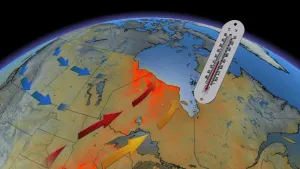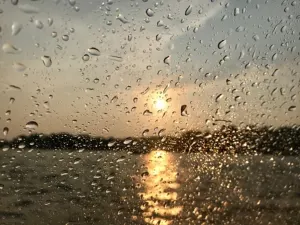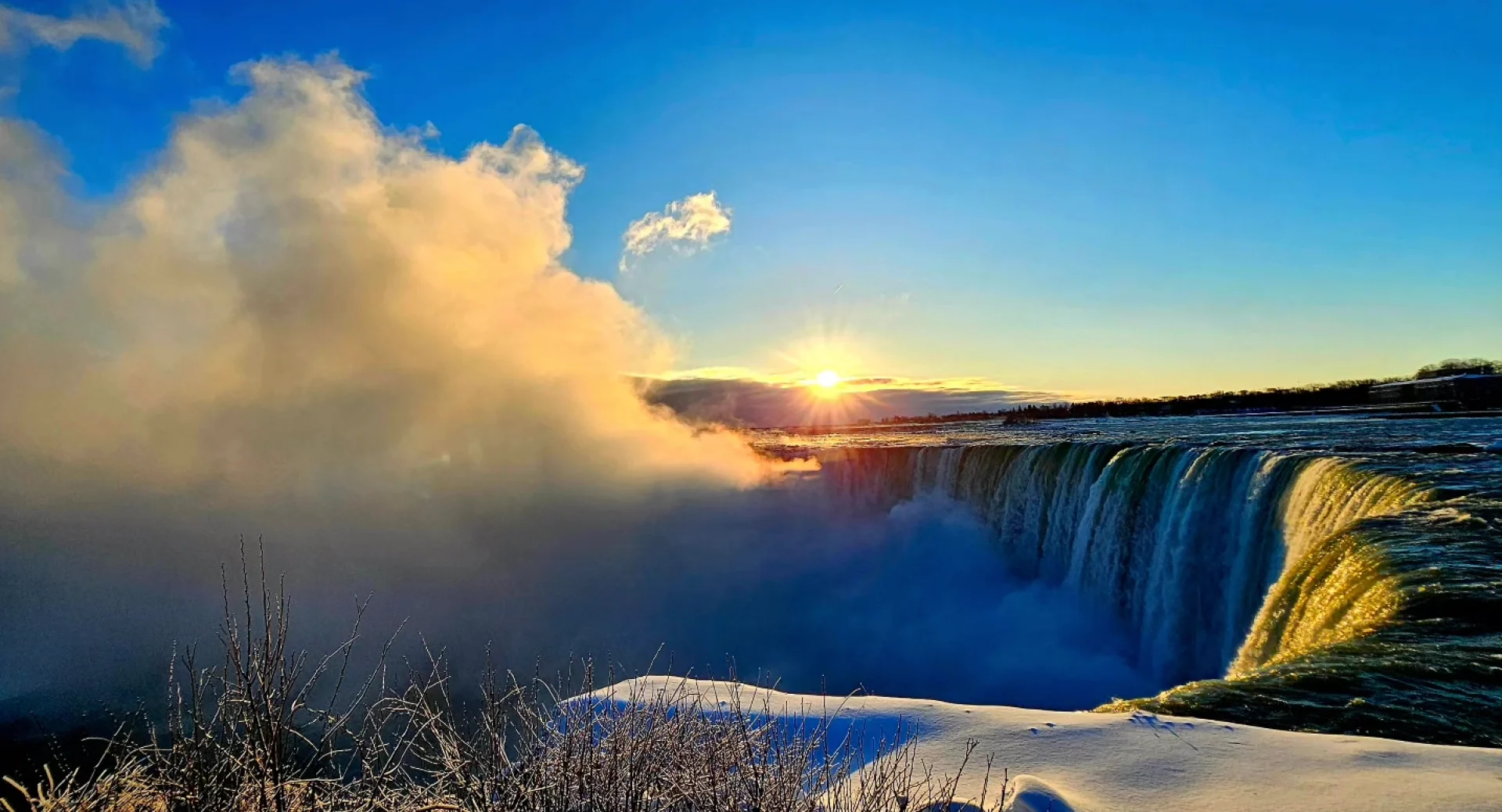
Niagara Falls declares state of emergency ahead of influx of eclipse visitors
The mayor of Niagara Falls, Ont., says a state of emergency declared in the region is a precautionary measure ahead of an expected large influx of people coming to observe the total solar eclipse.
More than a million people are expected to flock to the border city, home to the iconic waterfall, on April 8 to observe the moon entirely blocking the sun's rays for a few minutes, Jim Diodati told CBC News on Friday.
He said it would be the largest single-day spike in tourists in the city's history.
RELATED: A million solar eclipse enthusiasts expected at Niagara Falls
The expected large crowds — which Diodati says will include scientists from the Canadian Space Agency and NASA — prompted the Niagara region to declare a state of emergency on Thursday.
The measure, it says, "strengthens the tools the region has at its disposal to safeguard the health and safety of residents and visitors and protect our critical infrastructure in any scenario that might arise."
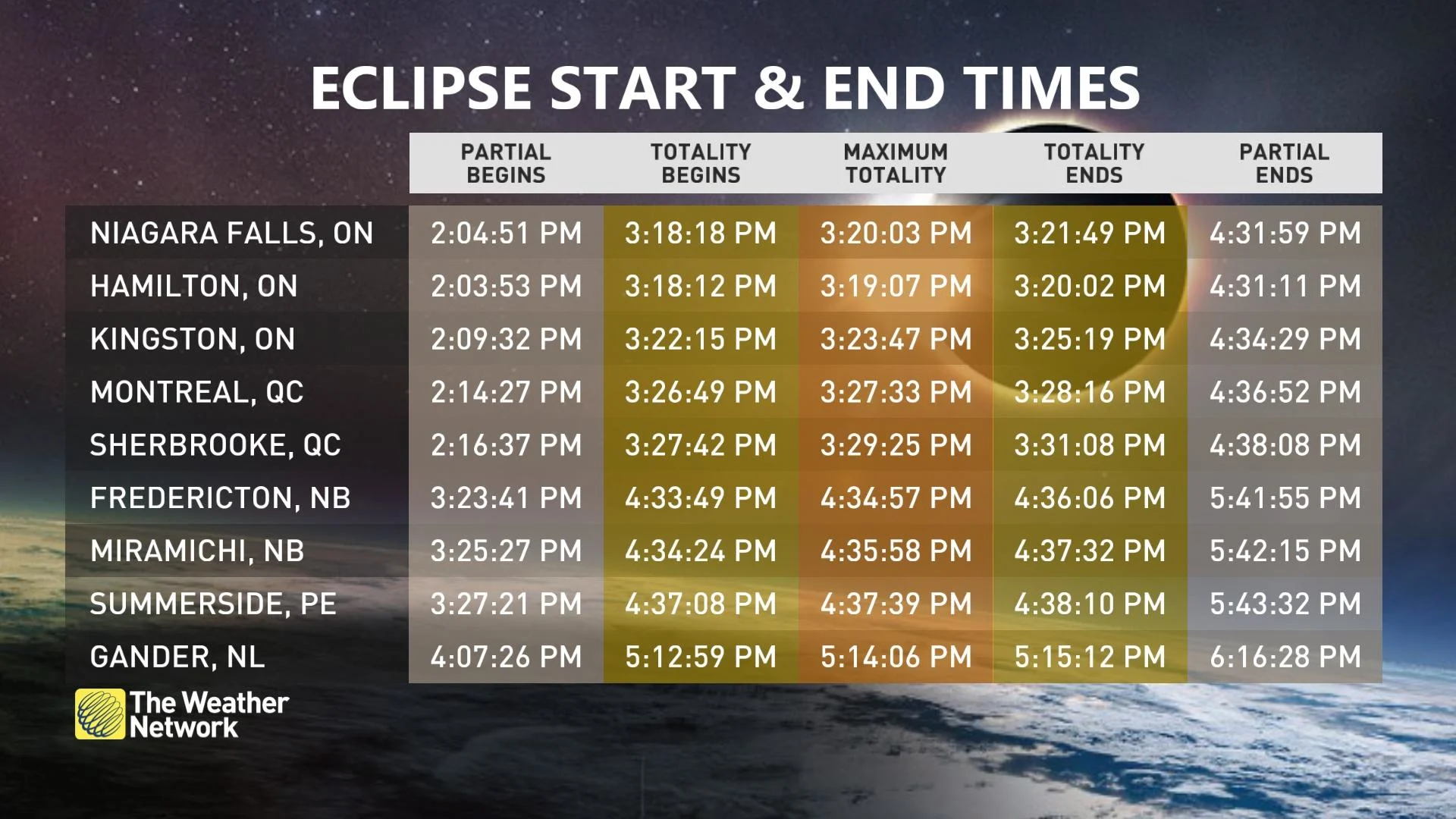
RELATED: A million solar eclipse enthusiasts expected at Niagara Falls
Officials say they are concerned the large number of people could overwhelm traffic, emergency services and cellphone networks.
Diodati noted that by declaring a state of emergency as a precaution, it "potentially opens us up if we need any assistance with funding, provincially or federally."
He added the declaration signals to visitors that they should be "mindful of the situation" and come prepared.
The rare eclipse is expected to be observed in Mexico first at around 11:07 a.m. PT, when the moon will move in between Earth and the sun. Its path will take it through the United States before it moves to parts of southern Ontario, Quebec and Atlantic Canada.
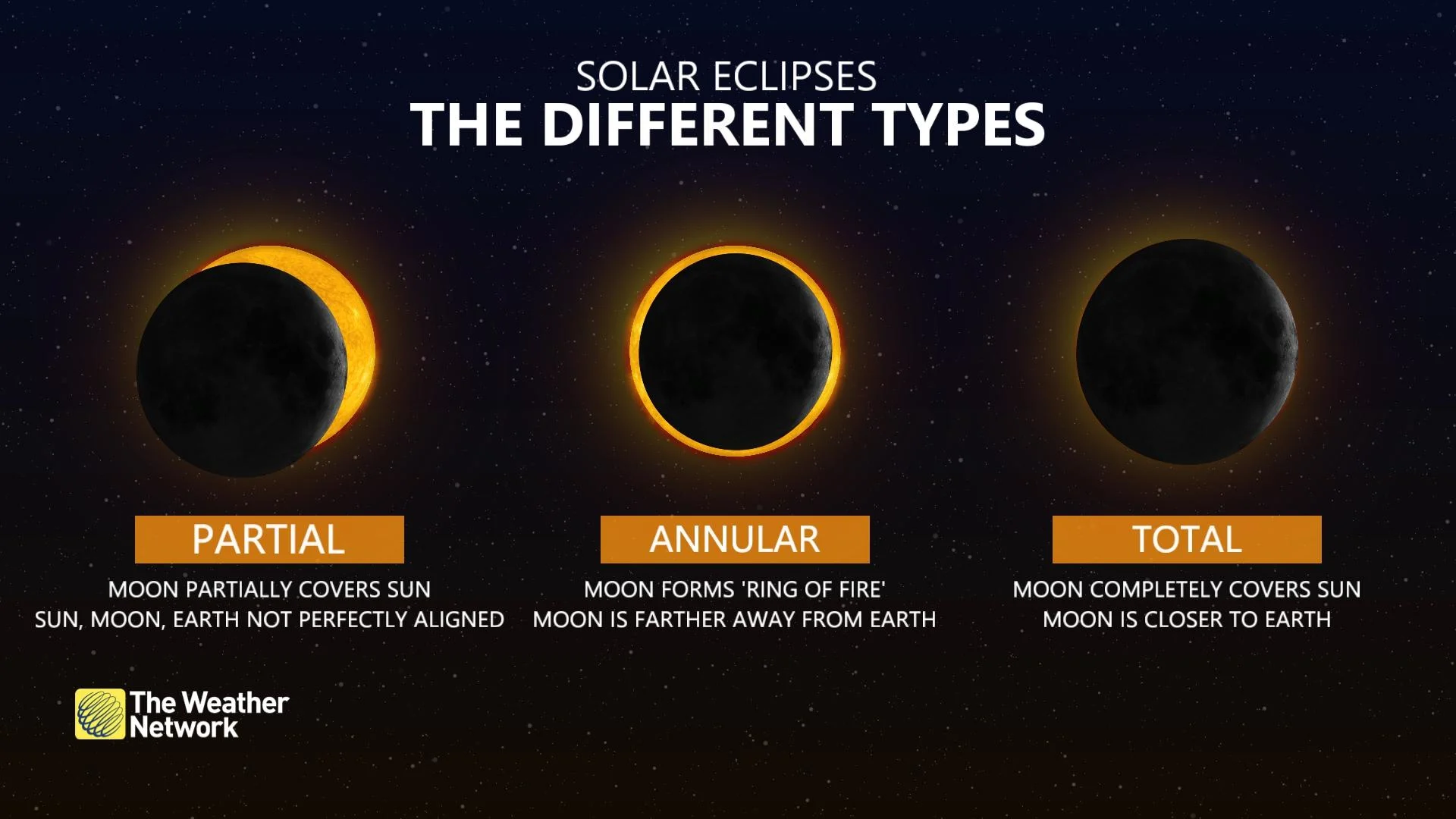
The eclipse is set to cast a partial shadow in several parts of southern Ontario. Observers in Niagara Falls, as well as those in the nearby communities of Hamilton and Grimsby, can expect total darkness for about three minutes sometime between 2 and 4 p.m. ET.
The total lunar eclipse will be the first seen in Ontario since 1979. National Geographic declared Niagara Falls to be one of the best places to see it.
DON'T MISS: Everything you need to know for April's spectacular and rare solar eclipse
"It really is a once-in-a-lifetime opportunity where one of the great natural wonders is going to meet one of the great celestial events at the same time, at the same place," Diodati said.
WATCH: How to capture the solar eclipse with your phone or DSLR camera
The story was originally written by Justin Li and published for CBC News. It contains files from The Canadian Press.
(Thumbnail submitted to The Weather Network by Ken Geyer)






